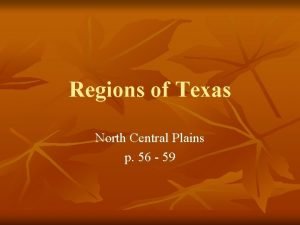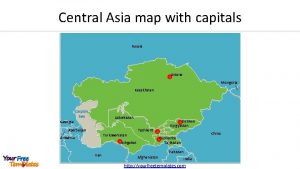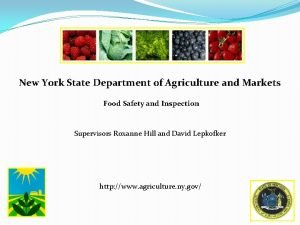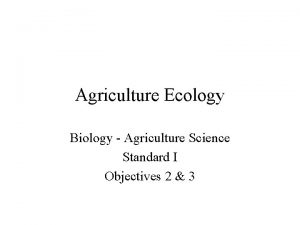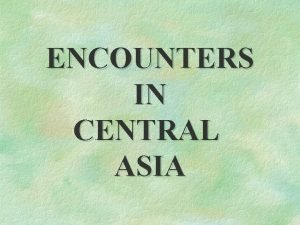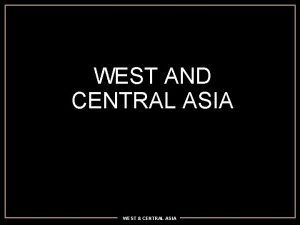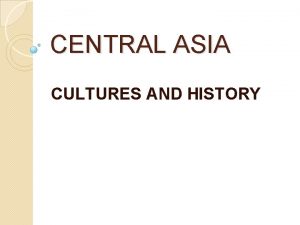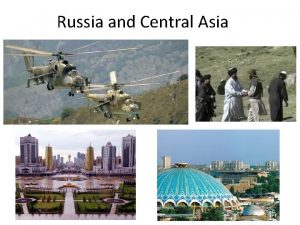Agriculture in Central Asia Central Asia 60 of







- Slides: 7

Agriculture in Central Asia

Central Asia: • 60% of the population living in rural areas • 45% for agriculture employment • 25% of GDP on average In Kazakhstan: • 8% of GDP on average • 33% of agriculture employment

Ø Agricultural land in Central Asia is mostly desert and mountain pastures. * Ø 20% of total agricultural land is arable land Ø 4% in Turkmenistan Ø 60%-80% in Russia and Ukraine Ø As a result, pasture-based livestock production is more prominent in Central Asia.


• COTTON & WHEAT * • Trivia: Only Kazakhstan does not cultivate significant amounts of cotton. * • The emphasis on intensive cotton cultivation in the Amudarya* and Syrdarya* basin countries has played a major role in the drying and polluting of the Aral Sea* because of the large amounts of water and fertilizer used in cotton cultivation. *


* • Aside from these two primary crops, the region produces a wide variety of products which include barley, corn, flax, grapes, potatoes, rice, sugar beets, sunflowers, tobacco, apricots, pears, plums, apples, cherries, pomegranates, melons, dates, figs, sesame, pistachios, and nuts. • Animal husbandry constitutes a large part of Central Asian agriculture. Cattle, sheep, and poultry are the main animal species in agriculture, and breeding race horses is the pride of Turkmenistan. Some famous local breeds include the Karakul sheep and the Akhal-Teke horse. Some regions also cultivate mulberry trees and breed silkworms.
